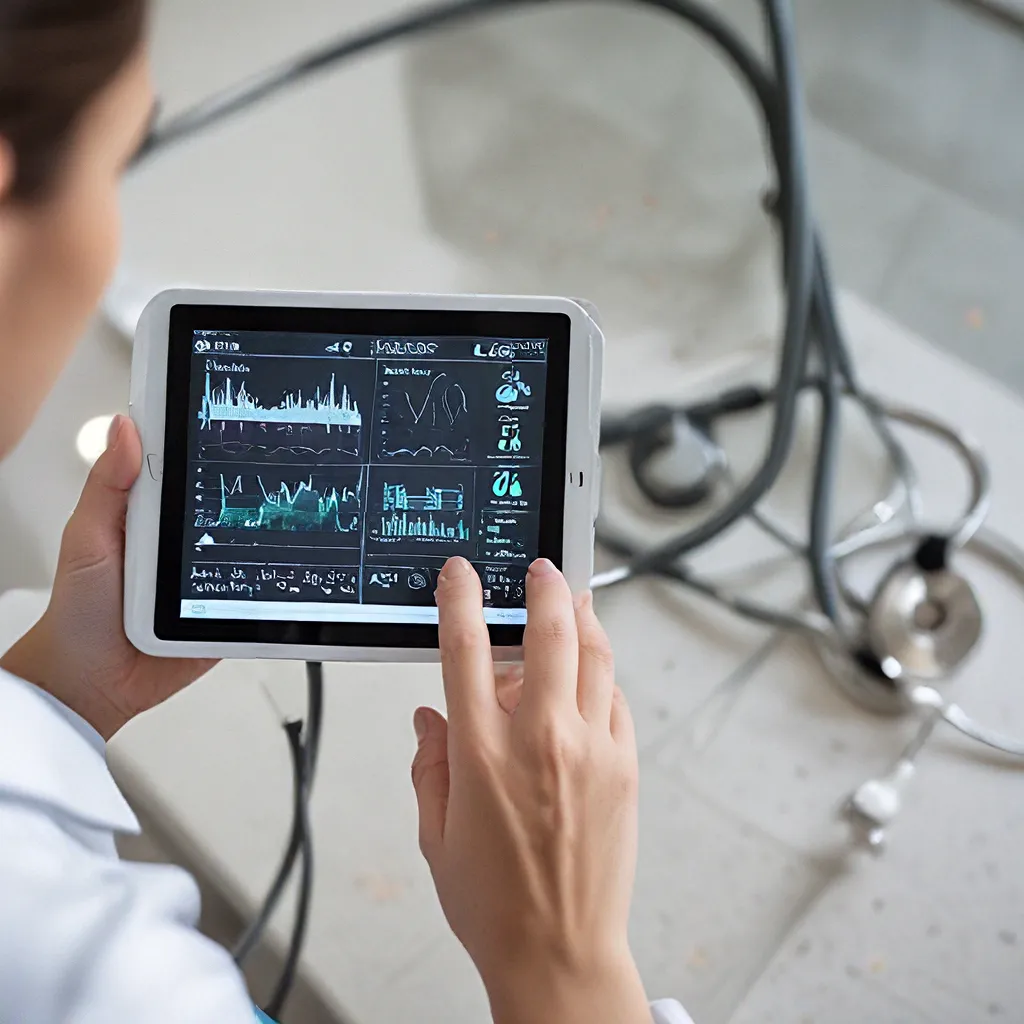
The Rise of Sensor Networks in Healthcare
Sensor networks have revolutionized the healthcare industry, enabling a new era of remote patient monitoring and personalized care. These interconnected systems of sensors, data processing units, and communication technologies have the power to transform the way we approach patient care, leading to improved outcomes and enhanced quality of life for individuals.
One of the key drivers behind the widespread adoption of sensor networks in healthcare is the growing demand for proactive and preventive care. By strategically placing sensors within a patient’s environment or on their body, healthcare providers can continuously monitor vital signs, activity levels, and other critical health indicators. This real-time data allows for early detection of potential issues, enabling timely interventions and personalized treatment plans.
Moreover, sensor networks have the potential to revolutionize the long-term management of chronic conditions. Patients with conditions such as diabetes, heart disease, or respiratory disorders can benefit from the constant monitoring and analysis provided by these systems. By tracking fluctuations in blood sugar levels, heart rate variability, or lung function, healthcare professionals can make more informed decisions, adjust medication, and provide personalized guidance to patients, ultimately leading to better disease management and improved quality of life.
Transforming Patient Care with Sensor Networks
The integration of sensor networks in healthcare has led to a paradigm shift in the way patient care is delivered. By leveraging the power of these interconnected systems, healthcare providers can now monitor patients remotely, reducing the need for frequent in-person visits and hospital stays.
Remote patient monitoring (RPM) is one of the most significant applications of sensor networks in healthcare. By equipping patients with wearable devices or strategically placing sensors in their living environments, healthcare providers can continuously collect data on vital signs, activity levels, and other health indicators. This information is then transmitted securely to healthcare facilities, allowing for proactive intervention and timely adjustments to treatment plans.
The benefits of RPM are far-reaching. Patients with chronic conditions can receive more personalized care, reducing the risk of hospital readmissions and improving overall health outcomes. Moreover, the reduced need for in-person visits can lead to cost savings for both patients and healthcare systems, as well as improved accessibility to healthcare services, especially in underserved or rural areas.
Enhancing Healthcare Outcomes with Data-Driven Insights
The data collected by sensor networks in healthcare settings is not only valuable for real-time monitoring but also for data-driven decision making. By analyzing the wealth of information gathered from these systems, healthcare providers can gain deeper insights into patient health, identify emerging trends, and make more informed clinical decisions.
Advanced data analytics and machine learning algorithms can be applied to the sensor data to uncover patterns, detect anomalies, and predict potential health issues. This can lead to early intervention, proactive care, and tailored treatment plans that are better aligned with the individual needs of each patient.
Moreover, the insights gained from sensor network data can also inform population-level healthcare strategies. By aggregating and analyzing data from multiple patients or healthcare facilities, researchers and policymakers can identify regional health trends, address disparities, and allocate resources more effectively to improve overall public health outcomes.
Securing Sensor Networks in Healthcare
As the reliance on sensor networks in healthcare continues to grow, the importance of cybersecurity and data privacy becomes paramount. Sensitive patient data, including personal health information and real-time vital signs, must be protected from unauthorized access, data breaches, and malicious attacks.
Healthcare organizations must implement robust security protocols and data governance frameworks to ensure the confidentiality, integrity, and availability of sensor network data. This includes the use of encryption, access controls, network segmentation, and regular security audits.
Moreover, the interoperability of sensor networks within healthcare systems must be carefully considered. Seamless data integration and communication between various devices and platforms are essential to streamline patient care and prevent data silos.
Powering Sensor Networks: Energy Efficiency and Management
The success of sensor networks in healthcare is not only dependent on their technological capabilities but also on their energy efficiency and sustainability. Battery life and power consumption are critical factors that must be addressed to ensure the reliable and continuous operation of these systems.
Advancements in energy-harvesting technologies, low-power electronics, and efficient data transmission protocols have paved the way for energy-efficient sensor network designs. By leveraging these innovations, healthcare organizations can deploy sensor networks with extended battery life, reduced maintenance costs, and minimized environmental impact.
Furthermore, energy management strategies that incorporate dynamic power allocation, adaptive sampling rates, and intelligent data processing can further optimize the energy efficiency of sensor networks, ensuring their long-term sustainability and uninterrupted operation.
The Future of Sensor-Driven Healthcare Monitoring
As the Internet of Things (IoT) continues to evolve, the integration of sensor networks in healthcare will only become more prevalent and sophisticated. The convergence of emerging technologies, such as 5G, edge computing, and artificial intelligence, will further enhance the capabilities of these systems, leading to even more personalized, proactive, and predictive healthcare solutions.
The future of sensor-driven healthcare monitoring holds the promise of improved patient outcomes, reduced healthcare costs, and increased accessibility to high-quality care. By leveraging the power of these interconnected systems, healthcare providers can anticipate and address the evolving needs of patients, ultimately transforming the way we approach healthcare delivery.
As the sensor network landscape continues to evolve, healthcare organizations must stay vigilant and adaptive, constantly exploring new technologies, security best practices, and energy-efficient strategies to ensure the long-term success of these transformative systems.
Sensor Networks is at the forefront of this healthcare revolution, providing innovative solutions and expert guidance to help healthcare organizations navigate the complexities of sensor network deployment and implementation.